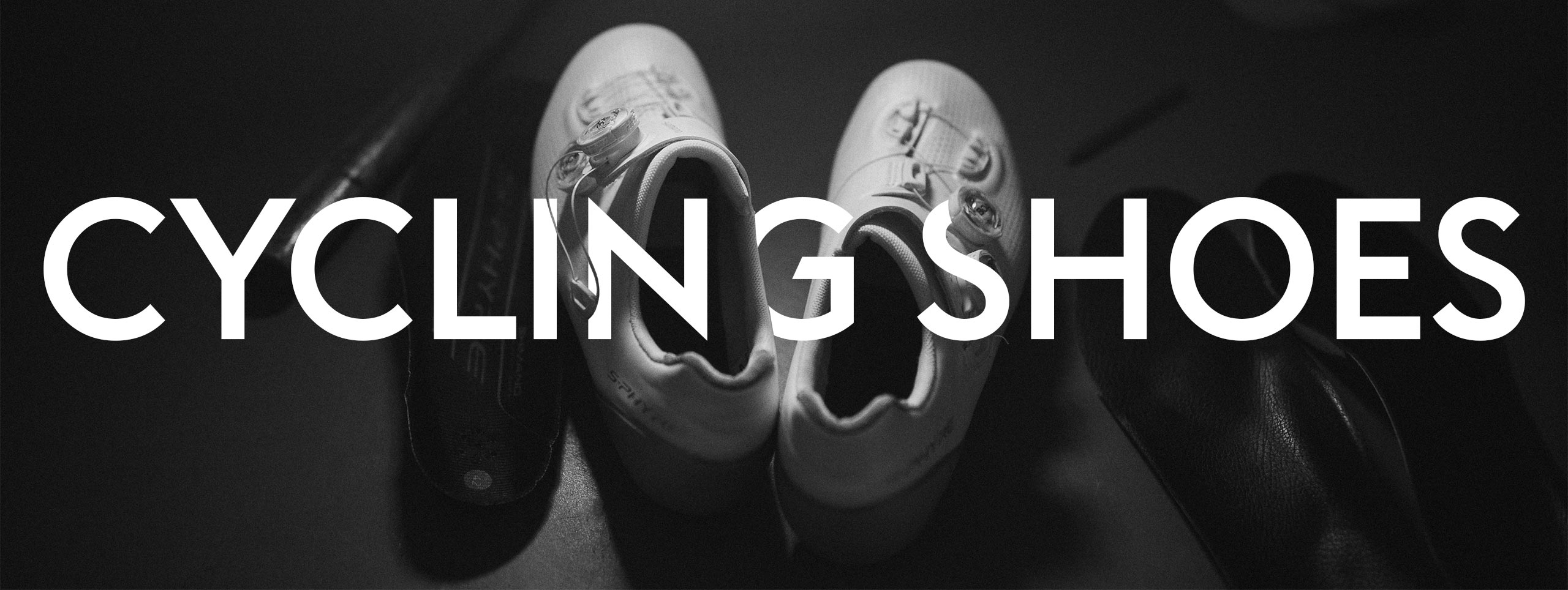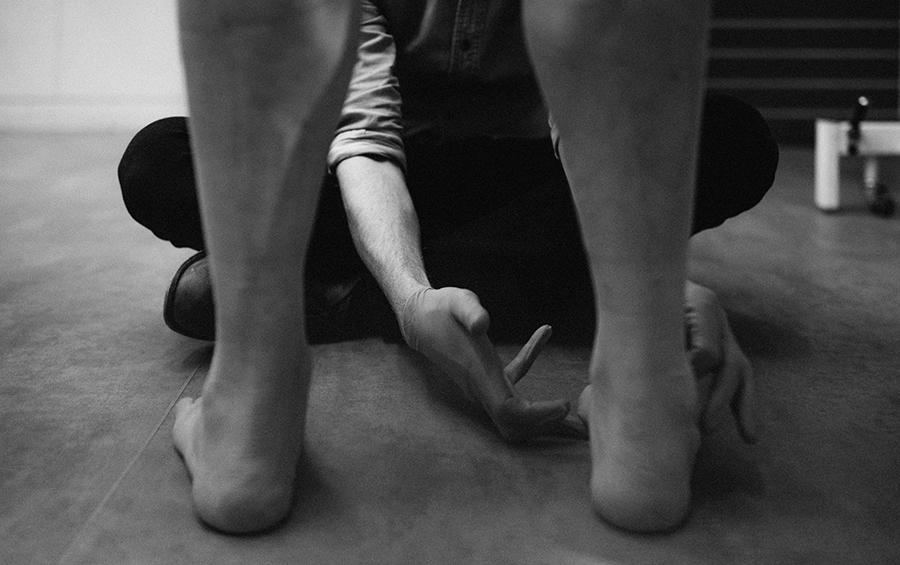CYCLING SHOE REVIEWS


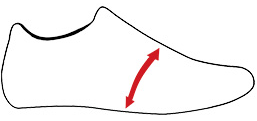



- Very stiff.
- Anatomical design.
- Heat mouldable to ‘fine-tune’ fit.
- Low (3.6mm) stack height.
- Variable widths.
- Perfect for track cycling.

- Expensive and still requires DIY.
- Bathtub design can irritate boney protrusions.
- Tend to feel the road’s bumps on longer rides.
- Correct sizing online and moulding process can be intimidating.
- Unique
Bont’s range of cycling shoes stands out in the market due to their unique anatomical design but there is more to this high-performance cycling shoe than just its look. Whether you love or loath its shape, the shoe’s stiffness and its overall compressed, firm, and glove-like fit ensure that this is an ideal shoe for the enthusiast track cyclist right through to an Olympic champion.
What separates this “track-specific” shoe from the rest of the Bont family is it’s upper. The “Shiny Microfibre” is as firm as a synthetic leather upper will get and when combined with traditional laces and a traditional ratchet strap, this shoe is designed to compress each foot to an inch of its dear life to give the rider the most conformed and powerful fit possible. After all, comfort is only a mere concern to a track rider when short distances and maximum power are concerned.
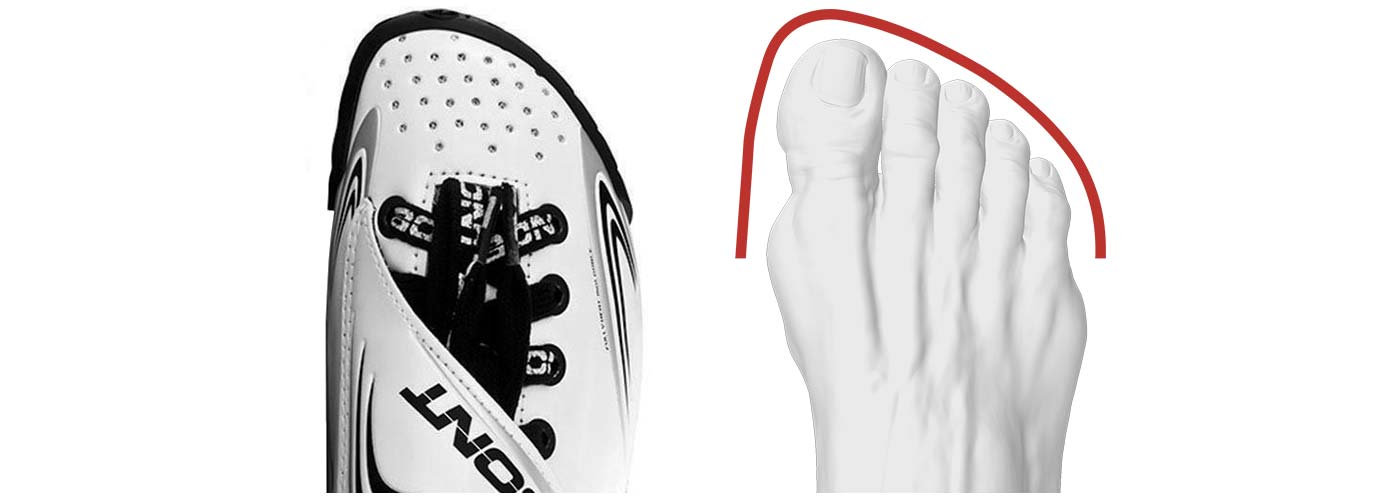
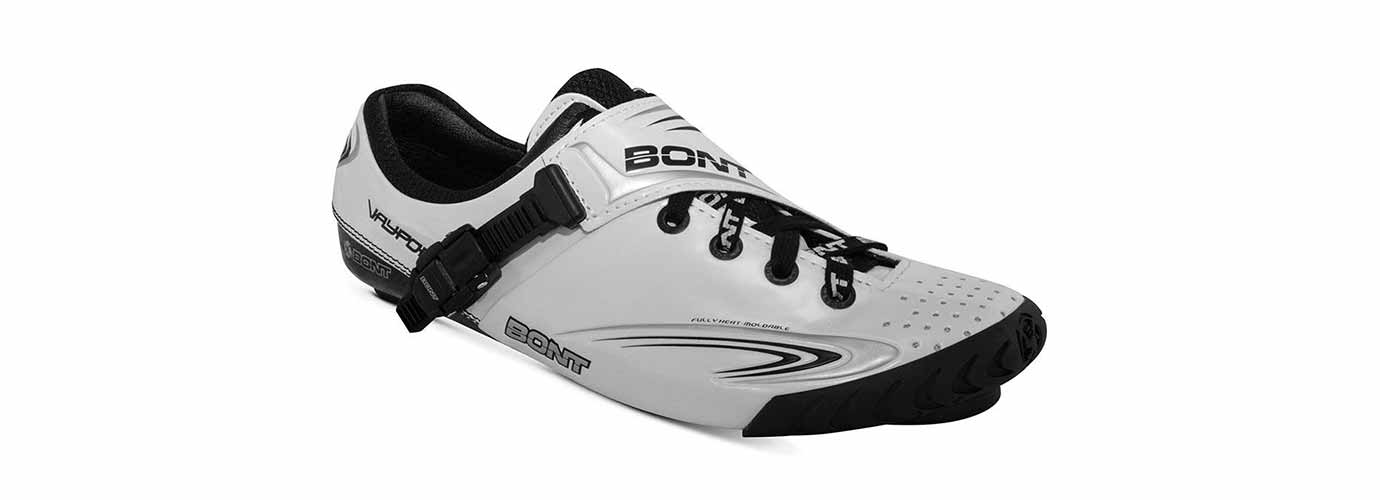
So what is an anatomical last? The typically pointed toe boxes on the majority of footwear don’t represent the true shape of most of our feet. Bont’s approach to their design is much more honest and by following the typical shape of the forefoot region, the result is a toe box that feels less jammed on the edges. This by no means suggests that this is a roomy shoe. Even though the shoe is broad, and yes the anatomical design helps to minimise toe irritations, overall this shoe has quite a low/shallow volume across the top of the foot, and as a result, the fit is snug and compressed.
Another key feature that helps to make this one of the most rigid and powerful cycling shoes on the market is the bathtub shaped, carbon-fibre base. The concept is that the foot sits surrounded by the carbon-fibre rather on top of it, resulting in an inability to spill or slide over the edge. From a clinical perspective, however, there are surely going to be some riders that find the raised carbon-fibre sides too aggressive. Yes, alterations can be done to its bathtub base but for the more complicated feet, this process might closely resemble that of modifying a ski boot. Any skier-cyclist who has a difficult looking foot will know about this all too well already.

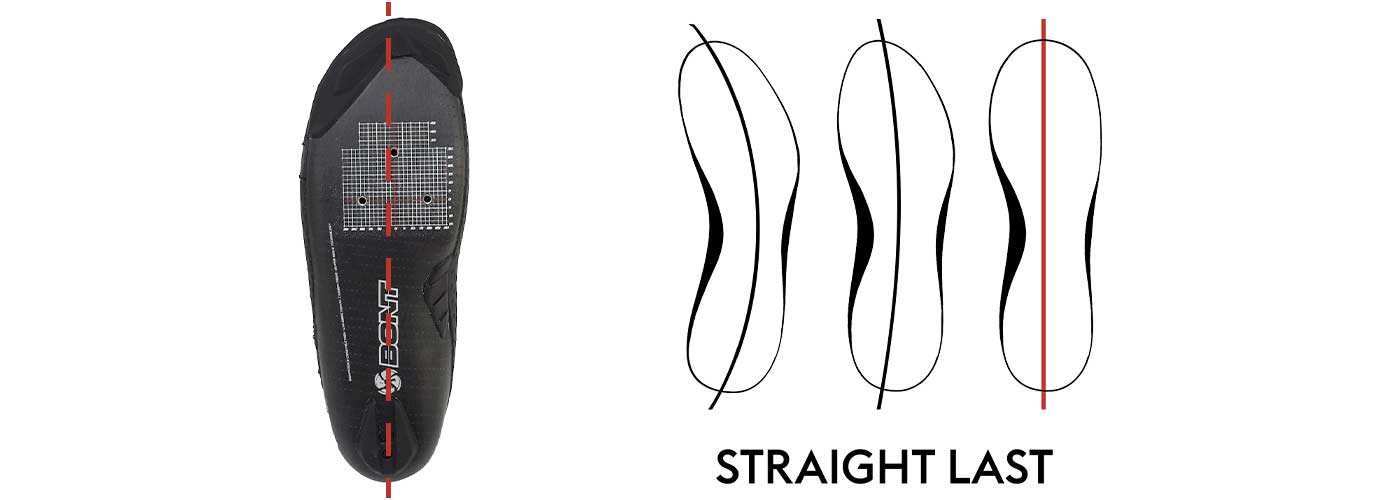
Bont’s are consistently designed with a truly straight-last which is another feature that’s less frequently seen in cycling and more commonly in walking and running. Whilst this ensures a bulkier and boxier look, it’s a clear indication by Bont that they won’t let style dictate the shoe’s design path, and ultimately, it’s another clever detail that ensures a more comfortable fit for riders whose feet pronate and deviate away from the sagittal plane.
So given that it’s rigid, firm, and powerful… How does it go on the road when you’re not riding against the clock? Well, for starters, it’s built like a workhorse and the replaceable toe caps and heels mean this is built to last, but the shoe offers little in terms of vibration dampening. Bont will be the first to say that if you want a road shoe, you should buy a road-specific shoe, and of course, I agree. This shoe is a one-trick pony and yes, it does it well.
The bathtub base and the heat moulding capabilities of this shoe are two features also shared in Lake’s CX403 and Bont suggests that this can all be done at home without the need for special ovens and know-how. From experience, the buyer at some point needs to make a leap of faith because prior to moulding, the fit around the heel, in particular, can be very aggressive. Rest assured, that 95% of the time, any little hotspots of pressure will resolve following the heating process.
Almost every generic insole that’s come inside any cycling shoe is nothing more than a basic piece of branded fabric. However, Bont’s version is particularly simple even by these standards. Their reasoning is that arch support is unnecessary once the shoes have been heat-moulded around the arch. Well, from both a biomechanical and clinical perspective, it’s worth noting that this is almost impossible to achieve even if you have a moderate arch height. Best to think of the “customisation” as fine tweaking.

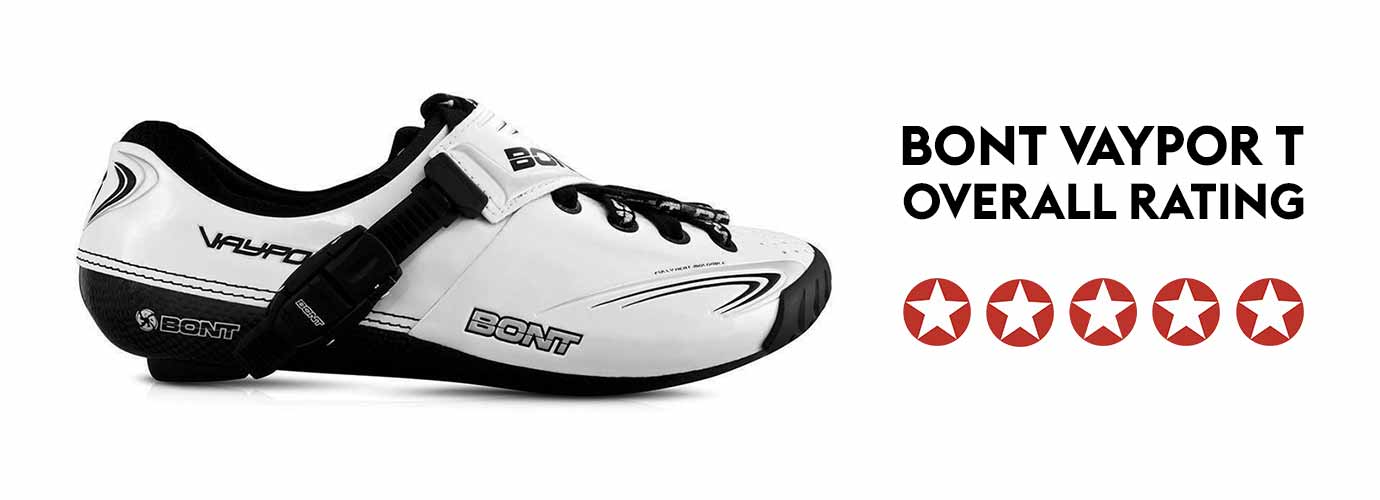
Limited EU-based stockists, a complicated online buying process, and the thought of doing some DIY finishing for an already expensive product can be enough of a turn-off for some cyclists. However, Bont delivers power over practicality. Its super snug fit, rigid base, and ultra-firm upper ensures it’s more comfortable over shorter, faster distances and for that reason, it’s been my go-to shoe for the track cycling for several years.
To put our money where our mouth is, we would go as far as saying that well-fitted Bont track cycling shoes with Mík.Fit customised cycling orthotics, even though they would be heavier, would still produce more power than any custom-made cycling shoe on the market when testing head-to-head. It’s a big call but it’s a good one.
